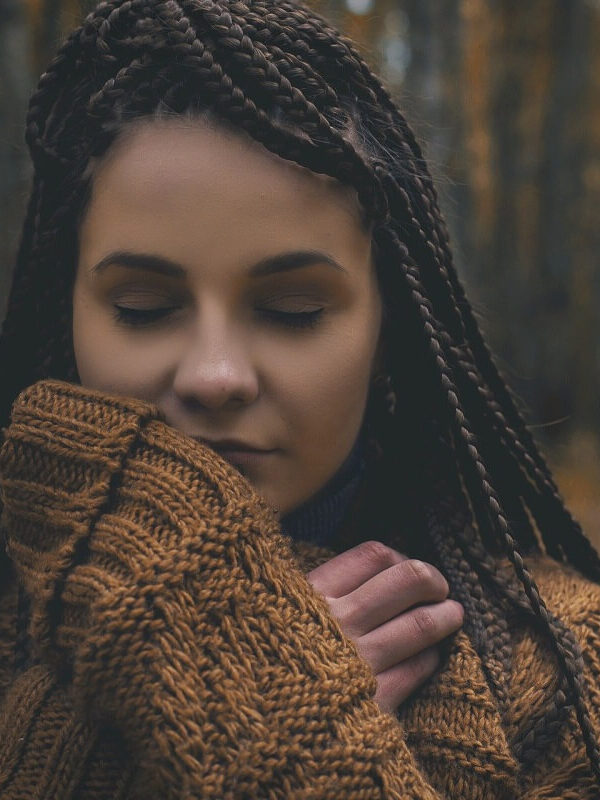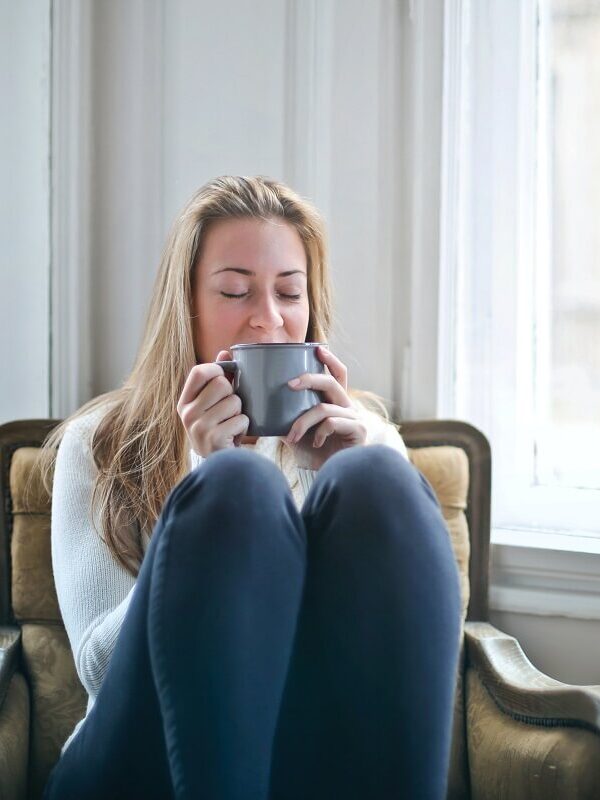When I got my dog four years ago she was a hot mess. She’s not technically a rescue dog but she came from a stressful, anxious household where she was taught that other dogs and people were unsafe.
Her coat should have been a deep cinnamon color but it looked ashen and dull. Her nails were weak and she was overweight.
Even worse was how terrified she was of everything. If we were walking on a trail and she heard another dog approach, she would automatically bolt the other way. She would never let strangers pet her and going anywhere near a dog park would upset her.
It’s been a rough journey but now, after four years, she is a healthy, confident, well-adjusted dog and, looking back, she has taught me so much about healing from trauma and overcoming anxiety. She inspires me every day and I thought it’d be helpful to share a few of the things she has taught me.
- Shower yourself with love and affection
This one is difficult for me but I think it’s the most important. As an obsessed dog-owner, I completely smother my dog with kisses, cuddles, and reassurance but we need that, too. And if we can’t receive it from others (or even if we do), we have to be our own cheerleaders and caretakers. We need to show compassion and kindness to ourselves whether that’s committing to positive self-talk or taking time to do things that make us feel good.
This is one of my favorite youtube videos to listen to to remind myself that I am loved, worthy, and beautiful.
It’s important to love on ourselves just like we would love on our pets because we need it, too.
- Secure attachment leads to curiosity and confidence
I remember learning about attachment styles in my college psychology class but seeing it play out in my dog’s development really hammered it home for me. We need to feel securely attached to be able go out and explore the world with confidence.
This one is hard for me to grapple with because it’s precisely what caused my anxiety: I had an unstable childhood where I could not securely attach to my parents. So many people who struggle with mental illness can trace it back to feeling unloved as a child and it’s hard to come to terms with because we can’t change the past.
However, we can parent our inner child as adults. We can be our own safe place.
- Allow yourself to be exposed to fears in a safe environment
When I first got my dog and she was scared of everything, instead of shielding her from stressful situations, I tried to expose her to her fears while knowing she wouldn’t be harmed.
I made an effort to befriend dog people in my area who had calm, easygoing (usually older) dogs and try to walk with them. Although she was nervous, I knew she was safe around them and, gradually, she learned that not all dogs would attack her.
As a dog owner, it’s easy to avoid other dogs when your dog is not socialized just like, as an anxious person, it’s easy to avoid scary situations but it’s important to not get stuck there.
Take it slow and do things that scare you.
- Exercise
I’m an avid walker and I noticed that my dog would be much more relaxed at the end of the walk than the beginning. She was more likely to socialize with other dogs and she was less anxious. And I’m that way, too. Staying active not only helps you to unwind but it’s also great for your general health.
- Have endless patience with yourself
Learning to cope with anxiety can take years (heck, it can take a lifetime) and that’s okay. I have to admit: watching my dog be scared was sometimes frustrating but it’s important to practice patience because those habitual thoughts and behaviors can take a long time to unlearn.
There are so many ways that we love our pets and it’s critical that the same love and compassion we give to our pets, we give to ourselves. For a lot of us, it’s easy to love our pets or show kindness to a friend but we’re so hard on ourselves. Remind yourself that you deserve the same treatment and that you should be pampered, too!
dahee



